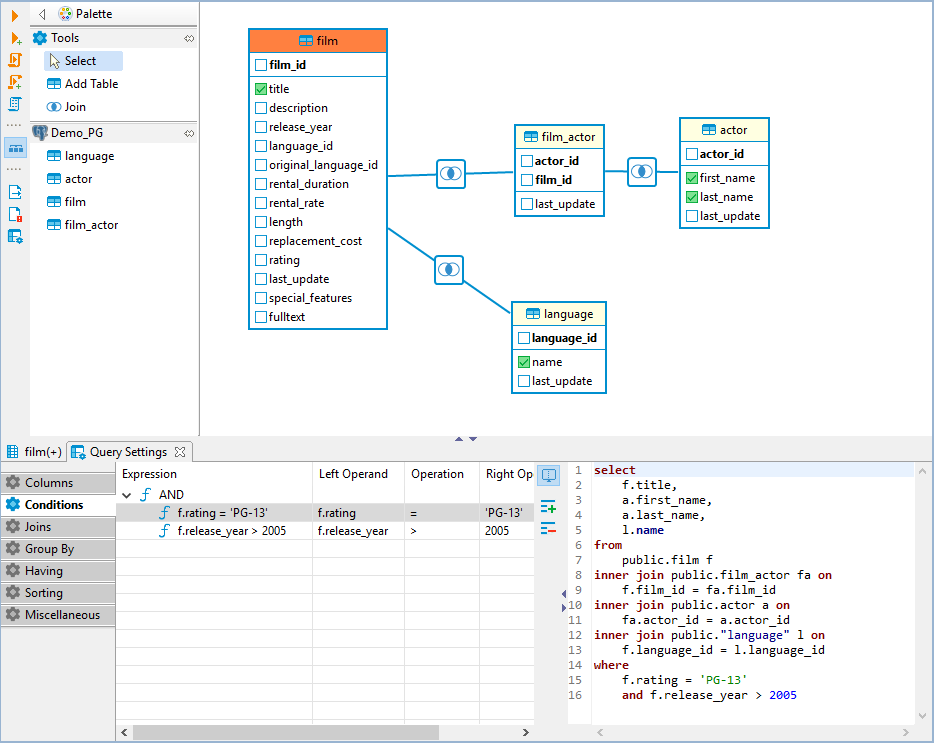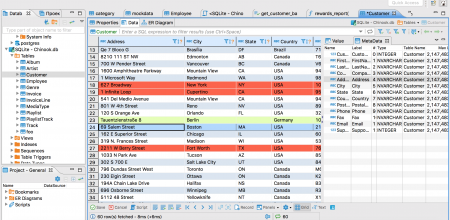This article will show you how you can use DBeaver (a free database tool for most popular databases) to see and update table comments.
View comments
First you need to connect to your database (I assume you already know how to do it).
Click on the DBeaver icon (either in your Launchpad or the Applications folder) to launch the DBeaver application. Launch the New Connection Wizard If this is the first time you've launched DBeaver, you'll probably be prompted with the Create new connection dialog. Expand the SQL Server node, select jTDS driver, and click Next. DBeaver DBeaver is another Java-powered SQL client; like the JDBC connector, it has a large set of databases it can connect to. There’s an Enterprise version, which includes NoSQL database support (Cassandra, MongoDb and Redis), but the community edition is the one I’ve examined. I find DBeaver to be an interesting tool, it has a lot of great features, BUT it seems to lack an essential element: The possibility to launch scripts from the filesystem of the client machine in a batch-like way. For example, in SQL Developer I simply put a file called deltascript.sql that contains: @script1.sql @script2.sql @script3.sql. What is DBeaver? It is a free multi-platform database tool for developers, SQL programmers, database administrators and analysts. Supports all popular databases: MySQL, PostgreSQL, SQLite, Oracle, DB2, SQL Server, Sybase, Teradata, MongoDB, Cassandra, Redis, etc.
Sql Dbeaver Tutorial
Then use Database Navigator to find the table.
How to view and edit table and column comments with DBeaver This article will show you how you can use DBeaver (a free database tool for most popular databases) to see and update table comments.
Double click table to open Table Editor.
Mac os update to high sierra. Table commens are visible in top section in Description field under General in Properties tab.
Column comments are visible in Comment colum in Columns tab in the bottom part of editor.


Edit commnets
Dbeaver Sql Formatter
To edit comments simply edit text in comment fields and save changes with ctrl + s or Save button in the toolbar at the bottom.
Before applying changes you will see script that and you need to accept it with Persist button.
Dbeaver Sql Server
Bonus: Share database schema with comments in HTML
Dbeaver Sql History
Exploring schema is easy with Dbeaver. But it can be even better with searchable and interactive HTML documentation generated with with Dataedo. Here is a sample documentation:
